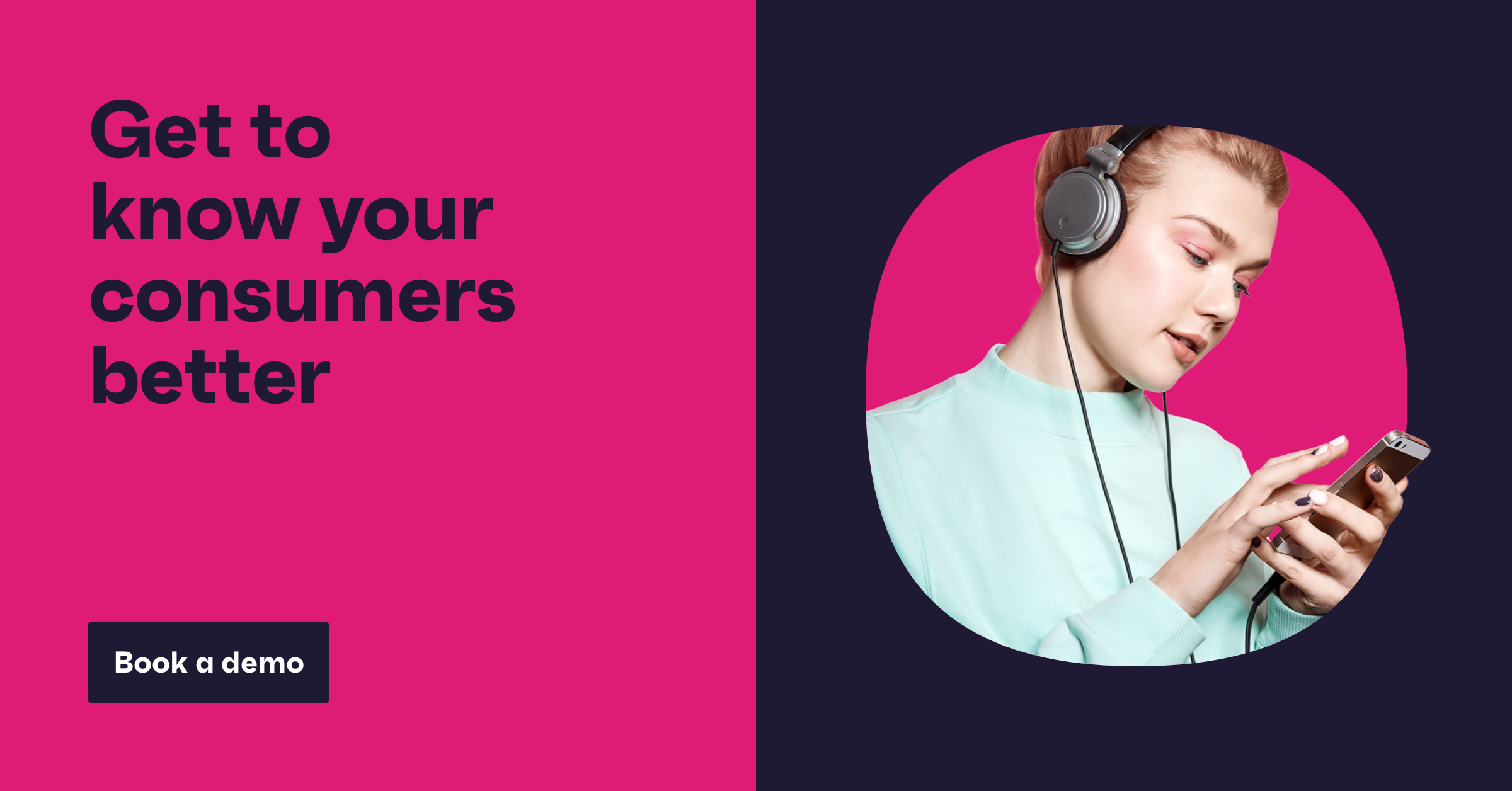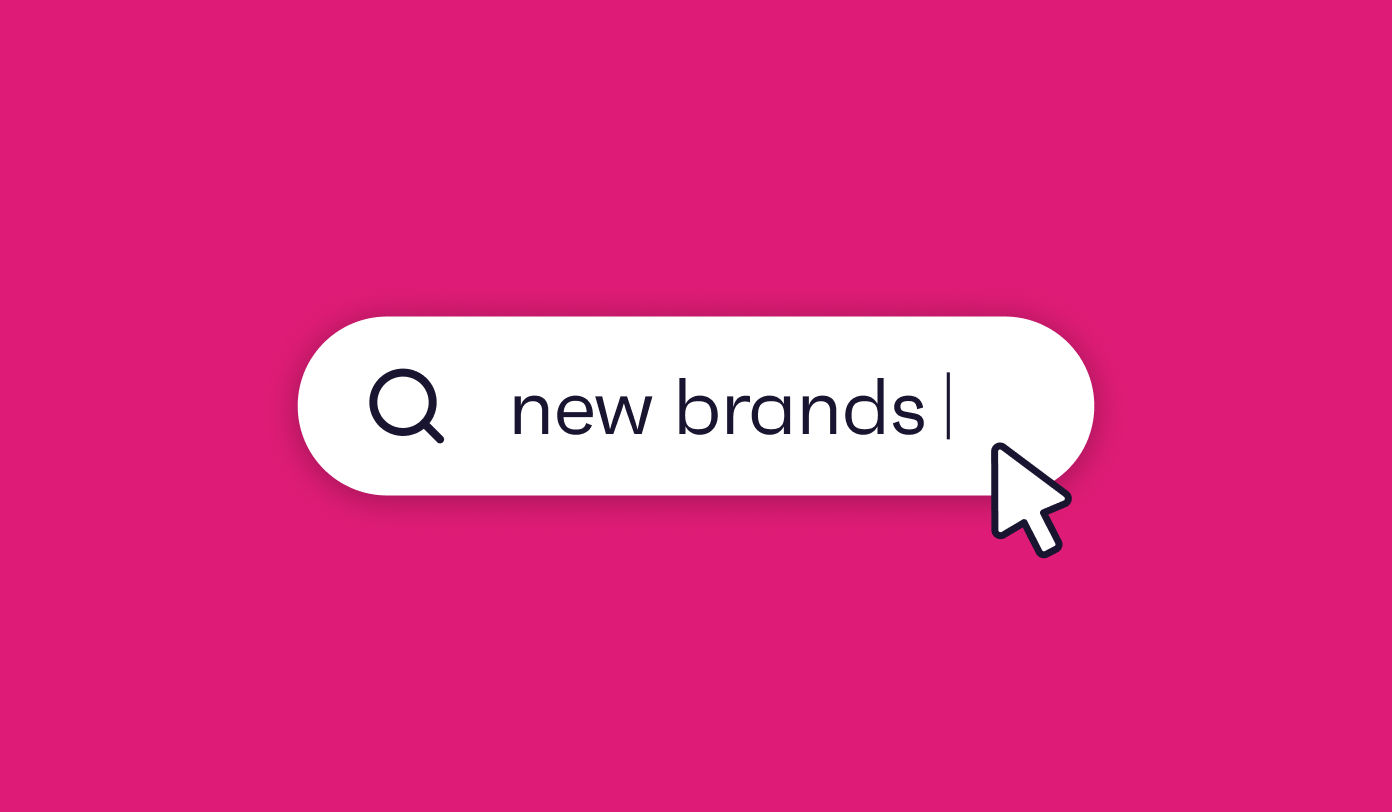The role of the agency is changing.
Many brands are changing their tack, redistributing their budget to get more control of their output, with a bigger focus on in-house. This is a shift that has been ongoing for years.
While 2020 was a year of uncertainty and hesitancy to commit, digital advertising spend is starting to pick up pace again. In the U.S. alone, digital ad sales are forecasted to grow by 13% to $161 billion in 2021.
And for the first time, digital ad formats are expected to take up two-thirds (67%) of all ad sales.
But despite huge investment being pumped into digital, many are still struggling to see the return.
This comes down to a number of factors fueling a massive shift in the marketing landscape, ultimately forging a new relationship between agencies and brands. Here’s why.
1. Consumers have changed, and brands need to too.
Today’s consumers demand to be understood.
- They’re buying more online.
- They’re proactively researching products.
- They’re not afraid to criticize the brands that target them, often through social media.
- They’re choosing products and services that reflect their views and lifestyles.
- They’re blocking the marketing they don’t want to see.
To measure up, it takes getting to know them – from where and how they spend their time, to what gets them out of bed every morning and what qualities define them.
Reaching your target segments no longer means handing the reins to media agencies to create and place your investment across the right channels.
Taking audience research in-house means investing in your target consumers; splintering your media, content and creativity to match their behaviors, and shaping these to fit your various micro-audiences.
In short, it means taking more responsibility for your targeting.
For brands, audience research methods have gone far beyond ancient-seeming things like focus groups. Through today’s market research, brands can shake up their strategy and dramatically improve their targeting.
2. In the digital world, insight is everything.
Consumer insight has always been crucial to brand positioning and marketing strategy.
But today, it’s taking on a whole new role within the marketing agency and brand teams.
It used to be a lengthy process involving several arms of external research, which meant actually pinpointing an actionable insight took time and resource. Today, annual planning cycles and year-old personas just don’t cut it – speed and agility are absolute musts to keep up.
And with the added challenge of juggling several different data sets with varying methodologies, the data was not only time consuming – it wasn’t adding up.
But in the digital world, insight into your target market and consumers is everything.
Today, every forward-thinking brand knows consumer-centricity is key – and can only be done by putting deep insight in the driving seat.
Insight is becoming ingrained in every action, every decision, every idea – guiding everything from brand positioning and strategy to digital advertising, content, PR and beyond.
And as it gets more important, it becomes a bigger focus for brands.
Now, brands are bringing large scale audience research in-house to get straight to the insights that make a visible difference.
Why? Because the latest tech is making it easy to reach a new audience, or optimize their existing reach.
3. Technology is paving the way for a new brand.
We live in a real-time economy where time is money. And off the back of a global pandemic, this has never been more true.
Reaching (and responding to) consumers at that critical moment and touchpoint in the consumer journey is the bread and butter of any brand. But when the insight, the strategy and the effort sits externally, it’s hard to be reactive enough.
Disruptive tech is empowering brands, giving them more control, more knowledge and more visibility than ever.
By using research to delve into the ‘blind spots’ of their target audiences that were previously off limits, brands can find out everything they need to know.
Solutions like GWI are making ‘instant insight’ a reality – empowering marketers to get the job down themselves; something that simply wasn’t possible before. Now, they’re:
- Streamlining their processes.
- Aligning their strategies.
- Improving their effectiveness in targeting.
Today’s new, data-empowered brands take more responsibility for, and ownership of, their strategy, keeps sharper tabs on how their spend is allocated, and invests more into strategic thinking and creative talent. And it’s an approach that’s paying off.
4. Strategic thinking is making a comeback.
The radical changes in how consumers behave have left marketers with a new set of priorities. Coming out on top is the move from tactical to strategic.
In a bid to keep pace with a high number of fast-moving trends, the focus for many has largely been placed on tactics, short-term wins and real-time data.
Unfortunately, this meant strategic thinking forged by real research, deep segmentation and refined targeting took a backseat.
Leading brands are now turning back to the fundamentals of strategy, having realized the overarching need for strategic thinking versus tactical immediacy.
To do this, they’re taking robust, reliable and up-to-date consumer data in-house to infuse consumer-centricity in their strategy from end to end; telling them who to target, where to invest, what to measure and how to optimize.
Sounds obvious now, doesn’t it.
5. Agencies and brands are working to their strengths.
But all of this doesn’t mean agencies are losing importance.
Agencies will always be essential to brands for their expertise and creative talent – it’s the way they work together that’s changing.
This new relationship means agencies and brands work even closer, and are establishing a new dynamic.
It means sharing the workload in a more strategic way that offers brands the transparency and control they want, while agencies get to work to their strengths.
This way, expectations from brands can be managed more effectively – and great results are much easier to get.
Fundamentally, you must have a harmonized view of your target audience. This starts with the use of reliable and consistent data.
Brands need to learn from their agencies, using the tools and resources at their disposal to put this into practice.
In today’s shaken-up landscape, you don’t just need great consumer insight, you need insight you can trust.






.webp?width=495&height=317&name=pink_thumb_graphs%20(1).webp)
.webp?width=495&height=317&name=pink_thumb_letter%20(2).webp)
